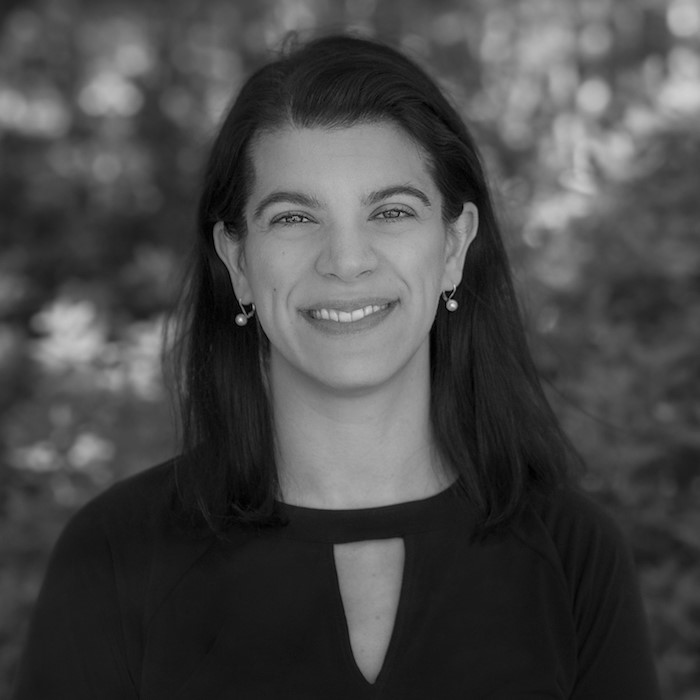Dr. Heidi Gazelle

Interests
I am interested in interpersonal and intrapersonal processes that forecast continuity in change in socially anxious children’s and adolescents’ developmental pathways over time. My research is guided by a Child-by-Environment Model which focuses on how socially anxious youths’ strengths and vulnerabilities interact with interpersonal supports and stressors in their everyday environments (school, peers, and family) to influence their social and emotional development.
Education
- Postdoctoral training, Center for Developmental Science (U. of North Carolina at Chapel Hill)
- Ph.D., Developmental and Socialization Processes (U. of Illinois at Urbana – Champaign)
- M.A., Developmental and Socialization Processes (U. of Illinois at Urbana – Champaign)
- B.A., Psychology (Wesleyan University)
Publications and Other Scholarly Activities
67% of my publications appear in top-tier developmental psychology and developmental psychopathology journals including:
- Child Development
- Developmental Psychology
- Research on Child and Adolescent Psychopathology (formerly Journal of Abnormal Child Psychology (JACP))
Recent selected articles:
Gazelle, H., Shafer Lundin, J. K., Lei, H., Cao, H., & Litchfield, M. (in press 2024). Child and adolescent social withdrawal predict adult psychosocial adjustment: A meta-analysis; [Systematic Review]. Frontiers in Developmental Psychology: Social and Emotional Development Section: Special Issue on The Importance of Peers: Making the Most of Peer Relationships in Childhood and Adolescence, 2. https://doi.org/10.3389/fdpys.2024.1408166
Gazelle, H., Shafer Lundin, J. K., & Bosacki, S. L. (2023). Theory of mind, gender, gains in friendships versus peer acceptance and anxious solitude from middle childhood through early adolescence. Social Development, 32, 651-671. https://doi.org/10.1111/sode.12654
Gazelle, H. (2022). Two models of the development of social withdrawal and social anxiety in childhood and adolescence: Progress and blind spots. Children, 9(5), 734. https://doi.org/10.3390/children9050734
Wu, Q., & Gazelle, H. (2021). Development of infant high-intensity fear and fear regulation from 6 to 24 months: Maternal sensitivity and depressive symptoms as moderators. Research on Child and Adolescent Psychopathology (formerly Journal of Abnormal Child Psychology), 49(11), 1473-1487. doi:10.1007/s10802-021-00842-9
Gazelle, H., & Cui, M. (2021). Anxious solitude, reciprocated friendships with peers, and maternal overcontrol from third through seventh grade: A transactional model. Children, 8(5), 379-396. doi:10.3390/children8050379
Gazelle, H., & Cui, M. (2020). Relations among anxious solitude, peer exclusion, and maternal overcontrol from third through seventh grade: Peer effects on youth, youth evocative effects on mothering, and the indirect effect of peers on mothering via youth. Journal of Abnormal Child Psychology, 48 (11), 1485-1498. DOI: 10.1007/s10802-020-00685-w
Gazelle, H. & Rubin, K.H. (2019). Social withdrawal and anxiety in childhood and adolescence: Interaction between individual tendencies and interpersonal learning mechanisms in development: Introduction to the special issue. H. Gazelle & K.H. Rubin (Guest Eds.). Journal of Abnormal Child Psychology, 47 (7), 1101-1106. doi: 10.1007/s10802-019-00557-y
Gazelle, H. & Faldowski, R. A. (2019). Multiple trajectories in anxious solitary youths: The middle school transition as a turning point in development. Special issue on “Social withdrawal and anxiety in childhood and adolescence: Interaction between individual tendencies and interpersonal learning mechanisms in development”. H. Gazelle & K.H. Rubin (Guest Eds.). Journal of Abnormal Child Psychology, 47(7), 1135-1152. doi: 10.1007/s10802-019-00523-8
Peter, D. & Gazelle, H. (2017). Anxious solitude and self-compassion and self-criticism trajectories in early adolescence: Attachment security as a moderator. Special section on “Origins of Children’s Self-Views” (E. Brummelman & S. Thomaes, Eds.), Child Development, 88(6), 1834–1848.
Shell, M. D., Gazelle, H., & Faldowski, R. (2014). Anxious solitude and the middle school transition: A diathesis × stress model of peer exclusion and victimization trajectories. Developmental Psychology, 50, 1569-1583.
Gazelle, H. (2013). Is social anxiety in the child or in the anxiety-provoking nature of the child’s environment? Child Development Perspectives, 4, 221 -226.
Spangler-Avant, T. L., Gazelle, H., Faldowski, R. (2011). Classroom emotional climate as a moderator of anxious solitary children’s longitudinal risk for peer exclusion: A child × environment model. Developmental Psychology, 47, 1711-1727.
Gazelle, H., Workman, J. O., & Allan, W. (2010). Anxious solitude and clinical disorder in middle childhood: Bridging developmental and clinical approaches to childhood social anxiety. Journal of Abnormal Child Psychology, 38, 1-17.
Gazelle, H., & Druhen, M. J. (2009). Anxious solitude and peer exclusion predict social helplessness, upset affect, and vagal regulation in response to behavioral rejection by a friend. Developmental Psychology, 45, 1077-1096.
Accomplishments
- Principle investigator on K01 and R03 grants from the NIMH and NICHD
- Guest Editor of the 2019 special issue of JACP on “Social withdrawal and anxiety in childhood and adolescence: Interaction between individual tendencies and interpersonal learning mechanisms in development” together with Professor Ken Rubin
- Chair/Co-chaired Review Panels on Peer Relations, Developmental Psychopathology, and Social Cognition for SRCD and SRA
- Editorial board member of Merrill Palmer Quarterly (current), Child Development (current consulting editor), and the International Journal of Behavioral Development (past)


